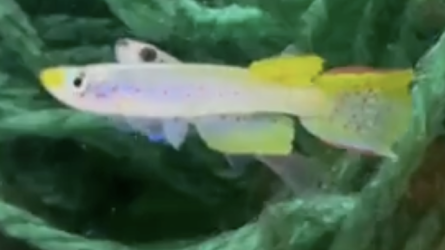confused_aquarist
Fish Fanatic
For the past few months, I've been breeding Norman lampeyes, clown killies, and A. cognatum, and maybe it's beginner's luck, but out of 50 or so fry I raised I hadn't lost a single one. It changed a month ago, and now I have really taken things to extreme, every single fry dies a day or two after hatching and it's happening to all 4 of my tanks.
The ones from previous hatches are doing just fine. The only thing that has changed, I think, is I've started feeding fish chlorella instead of spirulina because when I grow BBS in chlorella the water stays cleaner. Also I guess another thing is the water has become crystal clear because the tank becoming mature. I do filter maintenance every 3 months and there are no detectable changes in water parameter.
The fry seem to struggle to stay afloat, and not a single one ever starts eating. Sometimes a few hours after they die their head seems to explode, not sure if it's popeye. Just wondering what the possibilities are.
I'm hatching the eggs at 23 degrees in paper cups with 2 inches of water from main tanks. Hatch rate is near 100%.
The ones from previous hatches are doing just fine. The only thing that has changed, I think, is I've started feeding fish chlorella instead of spirulina because when I grow BBS in chlorella the water stays cleaner. Also I guess another thing is the water has become crystal clear because the tank becoming mature. I do filter maintenance every 3 months and there are no detectable changes in water parameter.
The fry seem to struggle to stay afloat, and not a single one ever starts eating. Sometimes a few hours after they die their head seems to explode, not sure if it's popeye. Just wondering what the possibilities are.
I'm hatching the eggs at 23 degrees in paper cups with 2 inches of water from main tanks. Hatch rate is near 100%.
Last edited:




